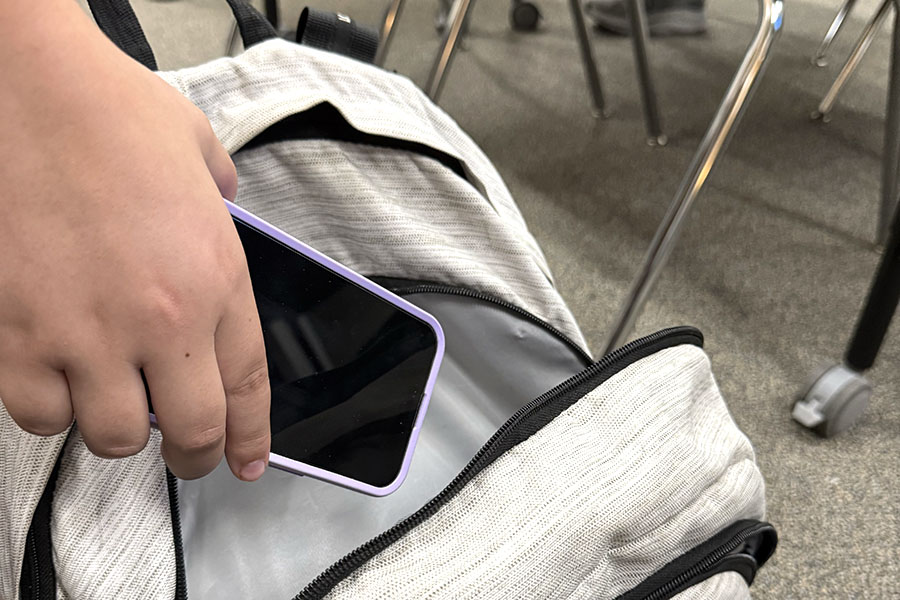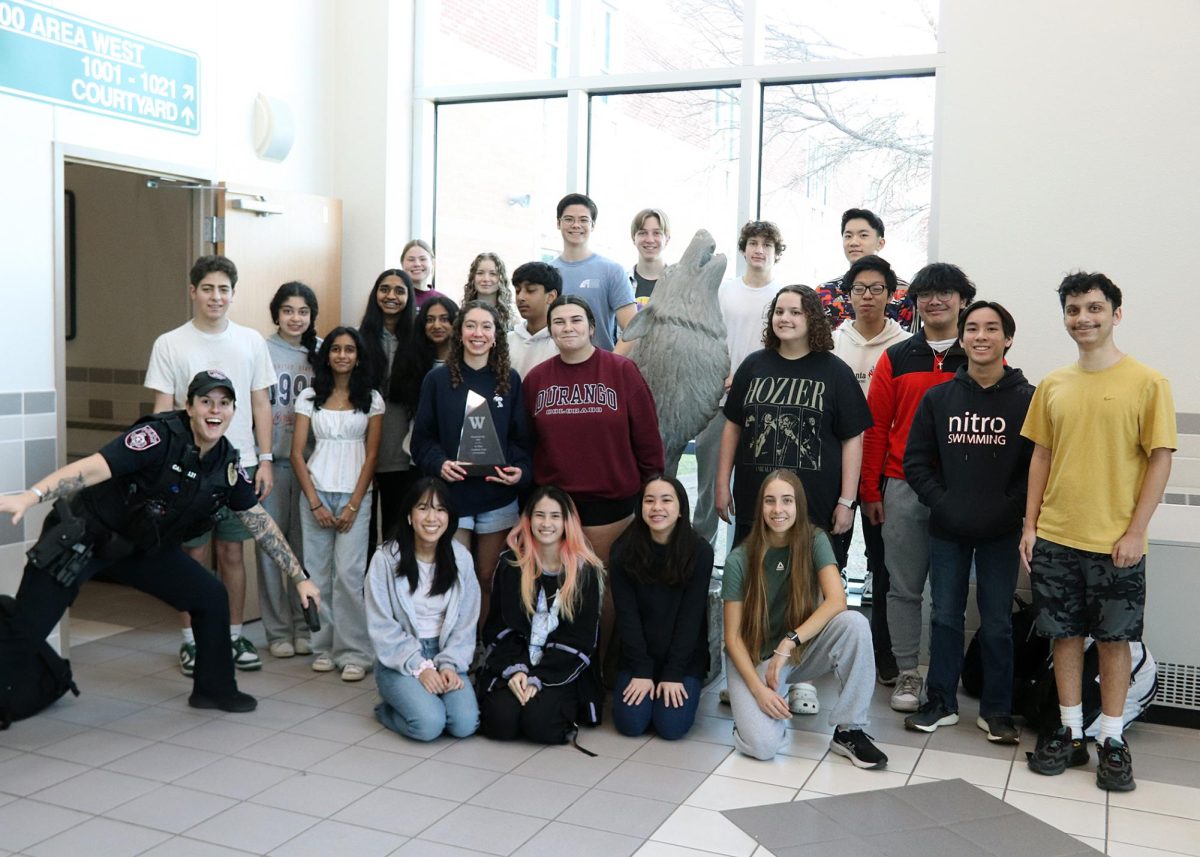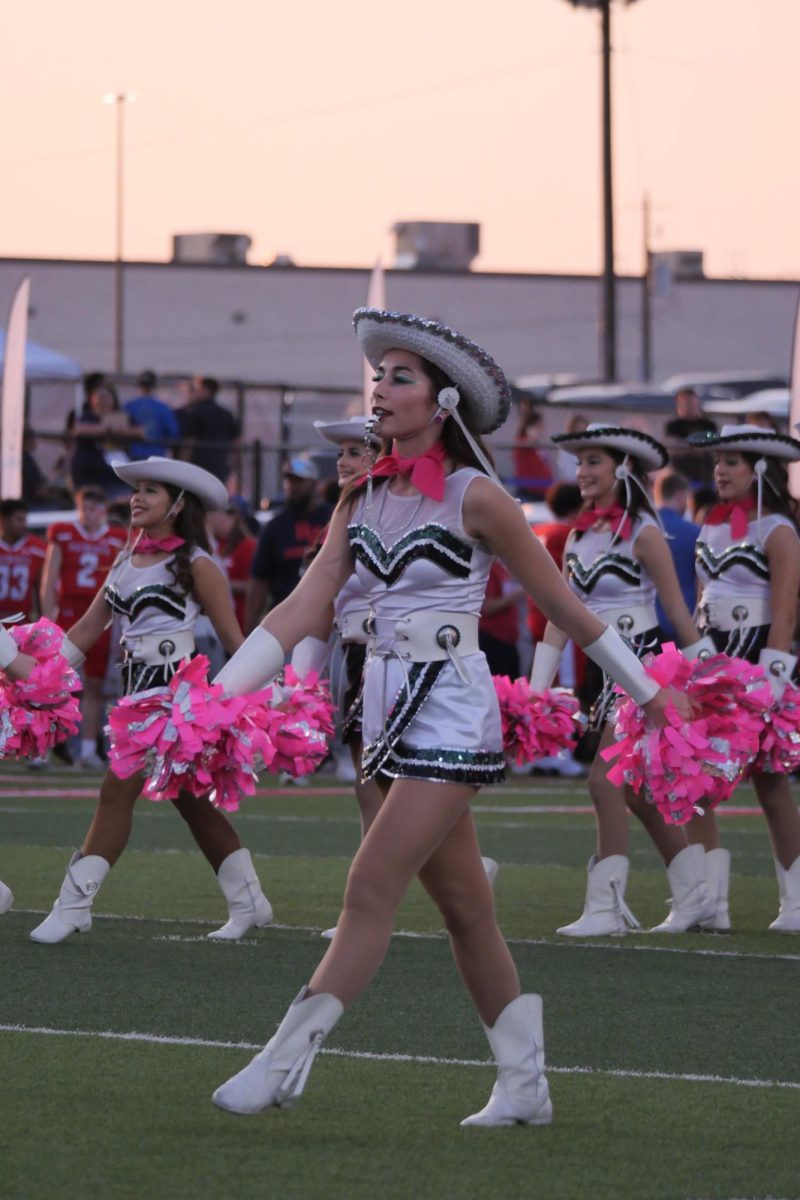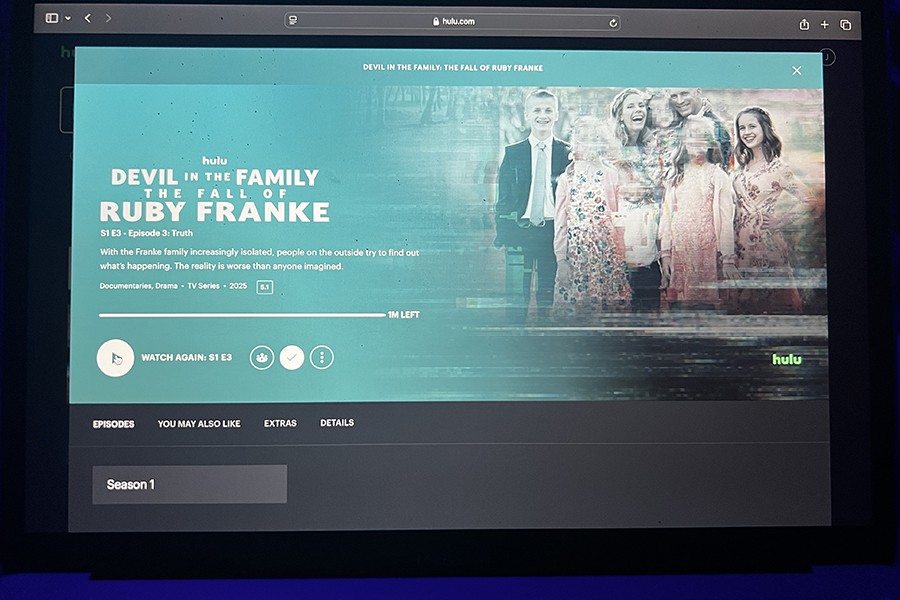Owning a car provides a means of escaping the boring suburbs to go downtown for the day, but the ever-prevalent cost of gas and the bumper-to-bumper traffic is a definite deterrent. A potential solution to this dilemma is the new MetroRail, a train that goes between the Convention Center in Austin and Leander, with several stations in between, including one located on Lyndhurst Street at Lakeline Boulevard near CPHS. However, the train only runs on weekdays, during the morning and afternoon rush hours.
“It’s a starter line,” Misty Whited, Capital Metro spokesperson, said. “We will provide service in the morning and afternoon only for those commuter-type passengers. We’ll look to expand as soon as we can, but we’ll have to determine our demand, first of all, and then there’s a couple of things we need to do before we can expand. We also run freight rail on these tracks, so when passenger rail’s not running, freight rail’s running, so we have to find a balance between the passenger and the freight rail services.”
The MetroRail has nine stations along its 32-mile route. Service was scheduled to begin March 30, but has been delayed due to violations committed by the rail contractor, Veolia Transportation. In addition to several safety violations, including running trains down the tracks without approval and moving trains onto unauthorized sections of the track, it was discovered that some Veolia employees did not take their required hearing and sight exams.
“We were [also] having some complications with some of our railroad crossings; they weren’t coming down properly when they should have been,” Whited said. “So it was a number of things that made us decide that it wasn’t ready to be open to the public. We wanted to make sure that it was the safest system possible before we opened.”
Because of these issues, Capital Metro is taking more time to test the signal system and to ensure that the MetroRail is safe. They even plan to bring rail experts from Massachusetts Bay Transportation Authority into Austin to help for three days. Capital Metro is currently working on a plan for completion and will release the status of the project to the public by May 15.
The MetroRail project was estimated to cost $112 million, despite the fact that it runs on a pre-existing track. Funding for the MetroRail came from government grants as well as Capital Metro bus rider fares and a one percent sales tax. A decent portion of the $112 million went towards the six self-propelled diesel-electric rail cars that can each hold a little over 200 riders.
“That is the only… debt that we have… what we still owe for the trains, but we’re paying for that through a lease-purchase program,” Whited said. “The MetroRail project has been paid for through our own existing revenues. There have been reports in the Statesman saying that basically we’re broke, we’re in the red, and that’s not accurate either. We have lowered our reserves by spending quite a bit of money on Capital projects, but all of those projects went towards transit facilities, park & rides, buying new busses, all types of projects that the community had asked for. So we do have a smaller reserve amount of money than we have in previous years, but we’re going to be building that back up pretty quickly, through savings and budget cuts.”
The rail cars will have bicycle and luggage racks along with free WiFi, but despite these amenities, the cost to ride will be inexpensive. Fare basically depends upon how far one is traveling—the route is split into two zones—and age. Students (18 and under) and active duty/reserve military members, both with ID, travel for half the regular adult price. For a student to go downtown from Cedar Park (two zones), for instance, it will cost 75 cents, as opposed to the adult fare of $1.50. When travel is limited to one zone (Cedar Park to Leander), student fare is 50 cents while adults travel for $1. A day pass is $3 for everyone, and a 31-day pass for students/military is $18, compared to the adult price of $36. Both passes include bus travel, which is available directly from the train station, and goes to designated bus stops.
The only real downside is that you can’t go to the exact location you want,” Easley said. “That, however, is nothing your own two legs can’t fix.”
Other people would rather not walk or take the bus to every place.
“When I go downtown, I usually don’t just stay in one area and would not like taking buses or cabs to get around once I was down there,” Phillip Guebert, junior, said. “So, I would much rather take my car instead. But I can see the enormous benefit this provides for people that commute from out here in CP or Leander who only go to and from work.”
Taking the train makes people completely dependent on public transportation, which presents the disadvantage of the fixed train schedule. During the afternoon rush hour, a northbound train arrives seven times every half hour, and a southbound train takes off three times. During the morning rush hour, a southbound train arrives seven times every half hour and a northbound train arrives three times. Many people think that a half hour of downtime between trains is too long of a wait.
“If someone happens to be running a little late, they wouldn’t be able to catch another train to make it in time,” Peter Johnson, sophomore, said. “When I was in D.C. there was a train every few minutes, which made it convenient in case traffic was bad and we weren’t able to make the train we had planned on.”
However, running a train every few minutes is not possible with the current system.
“We only have six vehicles, and one will be held in reserve, so with only 5 vehicles, we’ve built a schedule so that we can only run [a train every] 30 minutes,” Whited said. “Something else that plays into that is that we have a single track. We’ve built what we call siding track, so that the trains can pass each other at exact points on the rail line, so they’re timed to run 30 minutes between each station and be able to pass each other going back and forth.”
Despite the possibility of punctuality being a problem, the MetroRail seems to be a great idea overall. To many people, a train is exactly what is needed.



![Jumping off the ground, senior linebacker Bennett Patton snatches the ball out of the air for an interception at Thursday’s game against Chaparral. Patton had two interceptions in the 56-14 victory, tying the school record for interceptions in a game. “I was just playing the game,” Patton said. “[I’m] going to go into next week, forget about it and stay humble.” Photo by Harper Chapman](https://cphswolfpack.com/wp-content/uploads/2025/09/bennett-interception.jpg)
![The fire department came to the school after students were evacuated when smoke started coming from the ceiling of a classroom. All students and staff are safe. “All of my friends left their stuff too, so we couldn’t contact our parents, and it was stressful,” senior Brynn Fowler said. “It was scary because I didn’t know [what was going on], and I couldn’t find anyone because it was a big crowd.” Photo by Anthony Garcia](https://cphswolfpack.com/wp-content/uploads/2025/09/firetruck.jpg)


![Sitting with her friend senior Sohpia Struve at last year’s Austin City Limits Festival, senior Ava Zuniga poses for a picture under a pavilion. They are frequent attendees at ACL, an annual music festival at Zilker Park. “I would recommend seeing a bunch of people,” Zuniga said. “This past year, we camped out for Chappell [Roan] for a really long time. I think the whole point of ACL, [which] is a lot of fun, is that you can go see so many different people, even if you don’t know them. So by camping by one person, it really limits yourself from being able to go see a bunch of people.” Photo courtesy of Ava Zuniga](https://cphswolfpack.com/wp-content/uploads/2025/10/EE9E9484-FE6F-4AA0-B5F5-0C177AB32841-1200x857.jpeg)
![Broadcast, yearbook and newspaper combined for 66 Interscholastic League Press Conference awards this year. Yearbook won 43, newspaper won 14 and broadcast took home nine. “I think [the ILPC awards] are a great way to give the kids some acknowledgement for all of their hard work,” newspaper and yearbook adviser Paige Hert said. “They typically spend the year covering everyone else’s big moments, so it’s really cool for them to be celebrated so many times and in so many different ways.”](https://cphswolfpack.com/wp-content/uploads/2025/05/edited-ILPC.jpg)




![Looking down at his racket, junior Hasun Nguyen hits the green tennis ball. Hasun has played tennis since he was 9 years old, and he is on the varsity team. "I feel like it’s not really appreciated in America as much, but [tennis] is a really competitive and mentally challenging sport,” Nguyen said. “I’m really level-headed and can keep my cool during a match, and that helps me play a bit better under pressure.” Photo by Kyra Cox](https://cphswolfpack.com/wp-content/uploads/2025/09/hasun.jpg)


![Bringing her arm over her head and taking a quick breath, junior Lauren Lucas swims the final laps of the 500 freestyle at the regionals swimming competition on date. Lucas broke the school’s 18-year-old record for the 500 freestyle at regionals and again at state with a time of 4:58.63. “I’d had my eye on that 500 record since my freshman year, so I was really excited to see if I could get it at regionals or districts,” Lucas said. “ State is always a really fun experience and medaling for the first time was really great. It was a very very tight race, [so] I was a bit surprised [that I medaled]. [There were] a lot of fast girls at the meet in general, [and] it was like a dogfight back and forth, back and forth.” Photo by Kaydence Wilkinson](https://cphswolfpack.com/wp-content/uploads/2025/03/Kaydence-2.7-23-edit-2.jpg)
![As the support team sits and poses for a photo in the cafeteria with the counseling team they eagerly wait to start their day. "We [all] seem to be a team, I get up every day and there's days where I don't want to go to work today, but I'm thankful that I have a job and I'm blessed to have what I have," Christopherson said. Photo Courtesy of Julie Weltens.](https://cphswolfpack.com/wp-content/uploads/2025/01/AF9E8470-10D7-4C91-BF28-EC8F86BAB66C-1200x852.jpeg)
![Officer Stephanie Cash is in her second year as an SRO at CPHS. “Seeing [students] grow over the years has been kind of cool,” Officer Cash said. “Freshmen that [are] all over the place and then in the next couple of years get a little more squared away and go to class and do work and start thinking about the future. Being a part of a student's growth is the best way to measure my success as an SRO.” Photo Courtesy of Cedar Park Police Department's PIO, Alicia Gallagher.](https://cphswolfpack.com/wp-content/uploads/2024/12/CPHS-SRO-900x1200.jpg)
![As he sprints with the ball, senior running back Trae Hill breaks a tackle during Friday’s 35-14 loss against the Vandegrift Vipers. Hill ran for 135 yards and two touchdowns during the game. “[Scoring] was electric,” Hill said. “It always feels good to score, but the O-line did everything.”](https://cphswolfpack.com/wp-content/uploads/2025/09/IMG_0795allie.varfb_-1200x799.jpg)














